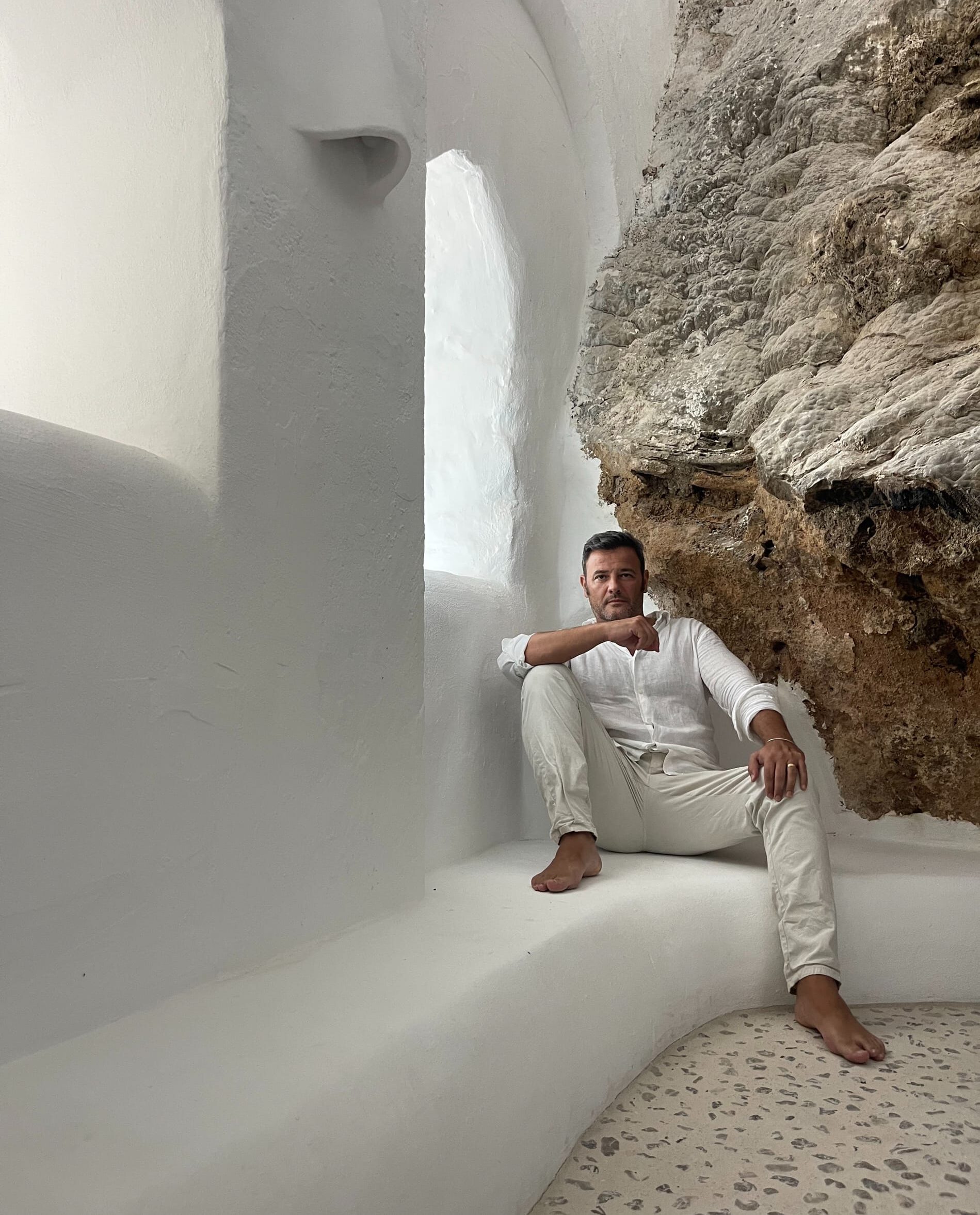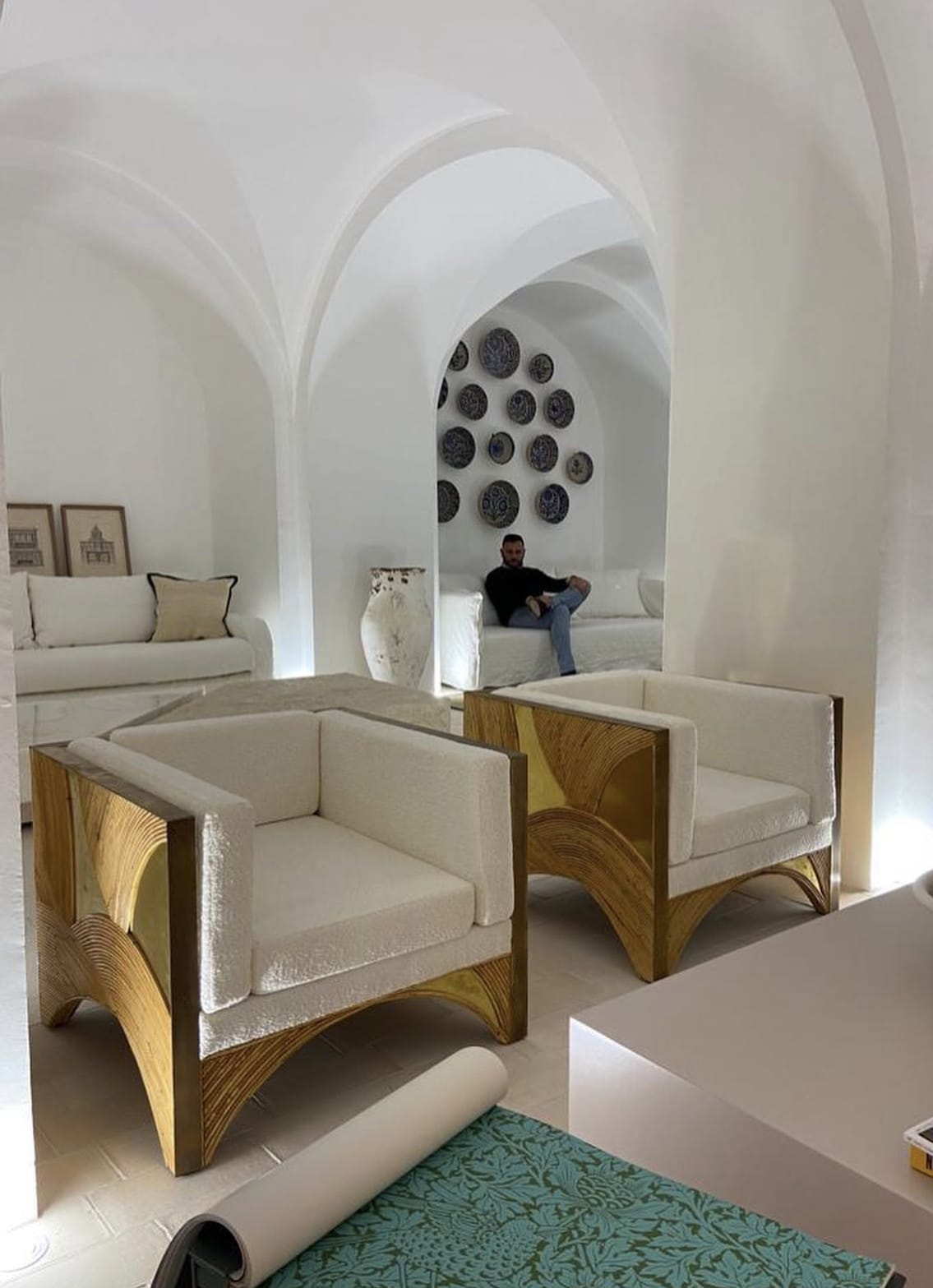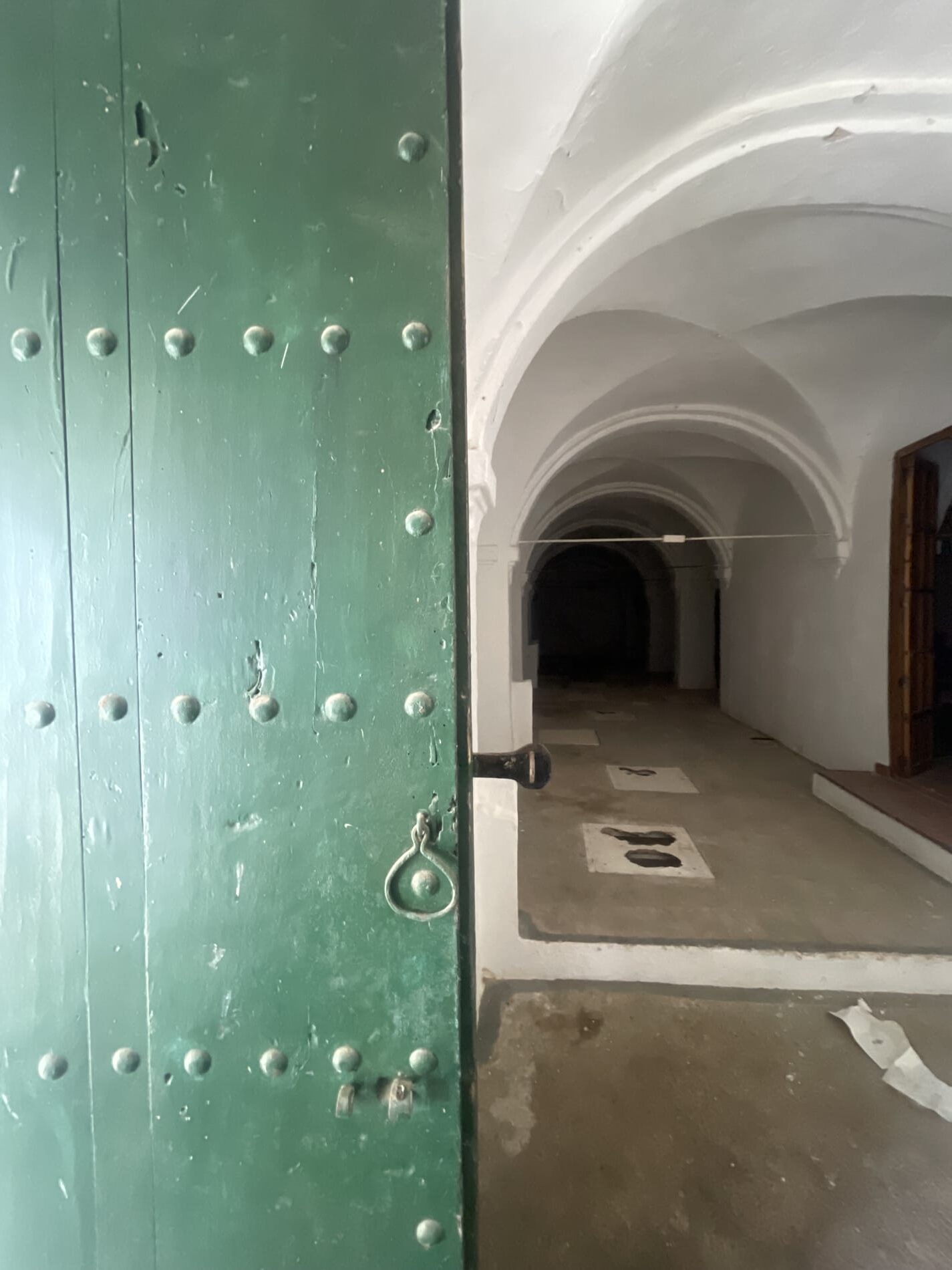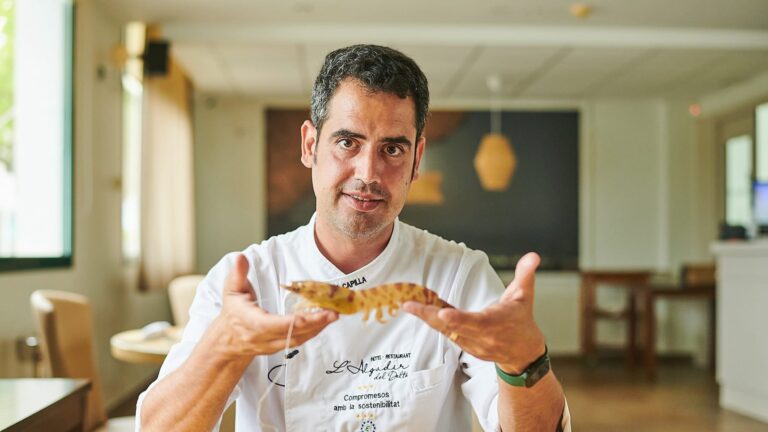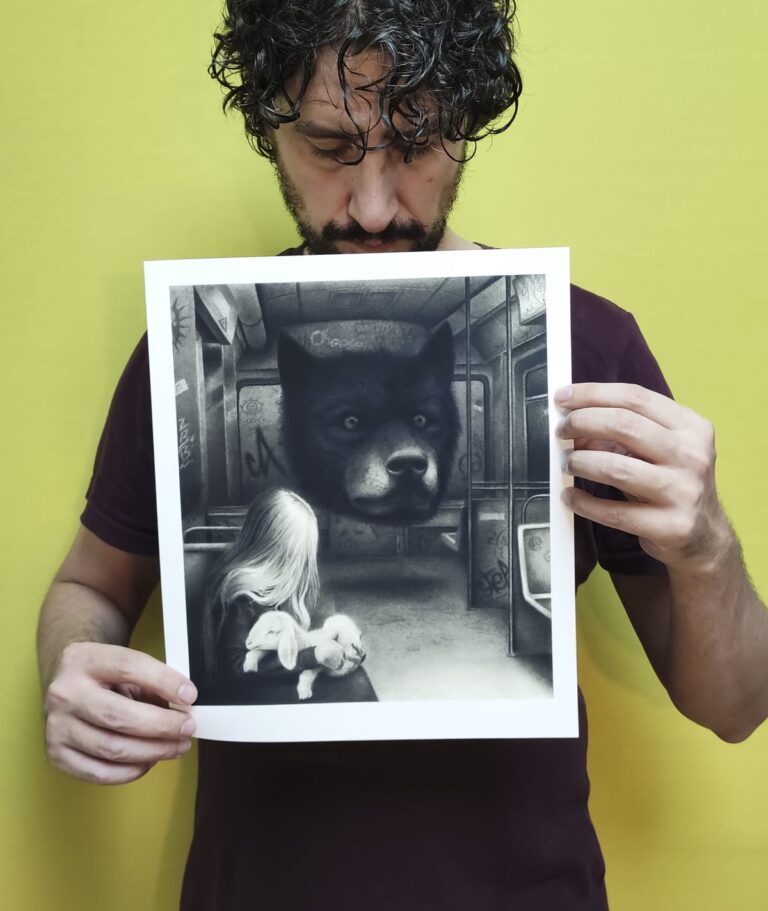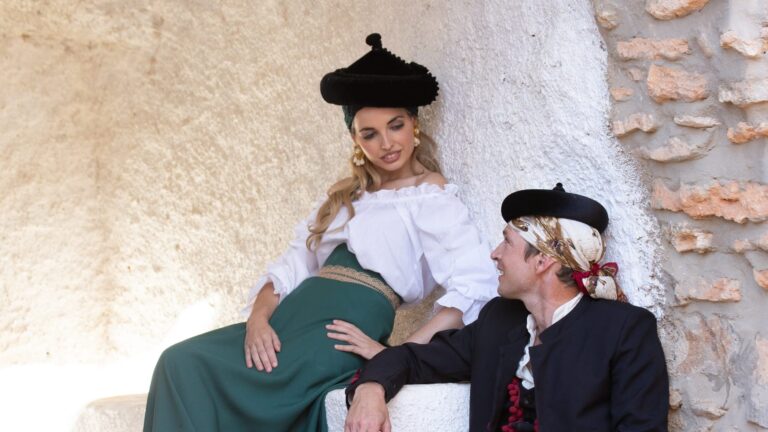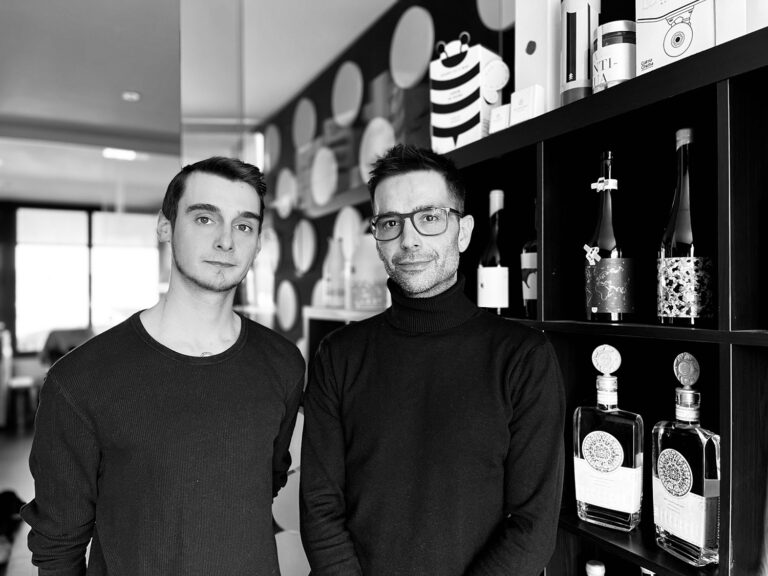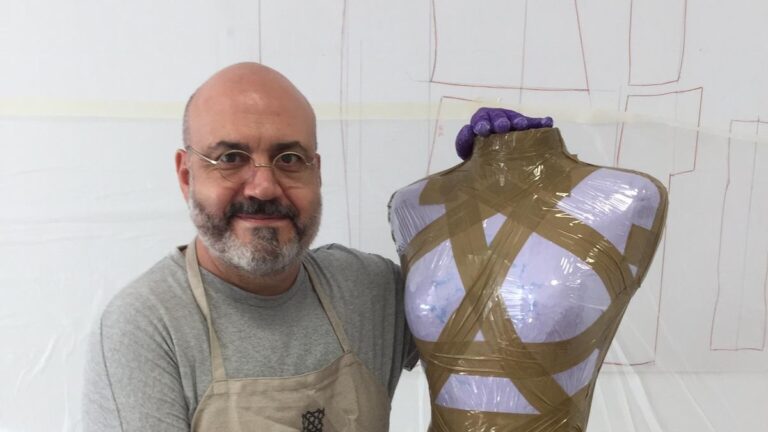Estudio Baelo
A versatile space, without limitations, and a pure material, without frills. These are the children. Andalusia is the mother that permeates everything. The rest of the family appears in compositions, textures, and lights. It seems simple, but it is not. You have to see the classic overlooked in the contemporary, not to confuse the austerely rustic with the vulgar
That is what Estudio Baelo proposes in each work, betting on the location and roots of each house, on the artistic, on the fixed photo of each corner, so that it is exclusive. They make craftsmanship of interior design, from masonry to decoration.
According to its founder, the studio -located in Écija (Sevilla)- enjoys establishing a pure artistic language in a lived space. It needs to implement dialogues between decorative, and artistic elements and architectural or morphological systems. It does not understand a project where architecture plays individually. Its greatest commitment is to create a flexible, dynamic, and timeless space that allows it to exchange objects, textures, and colors as if it were a game over time.
Juanjo Jiménez, interior designer, painter, and teacher, who has been in charge of this elegant project for more than five years, tells us a little more about his life and his works:
Hello Juanjo, what does the white color mean to you?
For me, the white color white means creativity. It establishes a narrative between purity and our perception. It is the color of the beginning, of simplicity, of the fear of searching, of stability... It may seem easy to work on white, but you have to control the visual weight of everything around you very well. White makes flow, relaxes, calms, and blends with nature most subtly. In oriental painting, the color white was necessary for each composition so that it behaves as a space for creativity and reflection. It helps us to connect and makes our senses feel free of interpretations...
Do you have any project that has personally marked you the most for its challenge or its result?
The project that you think is the most exciting often becomes the most conventional because you try to control everything in such a way that you lose spontaneity. It is difficult to highlight a specific project, but if I had to highlight one it could be the "dar Kahif" house or "cave house" in Málaga. A simple and silent project where the natural movement of the organic space has been respected. We developed the "discontinuous" lines of the house, to unite them with new forms and have a global vision, longitudinally and transversally. It is like a canvas that you feed back with compensations of curved forms and gaps of light. It is a project so pure that the traces of the past have been left on its walls, controlled imperfections of natural materials (reeds, clay, wood, pebbles...).
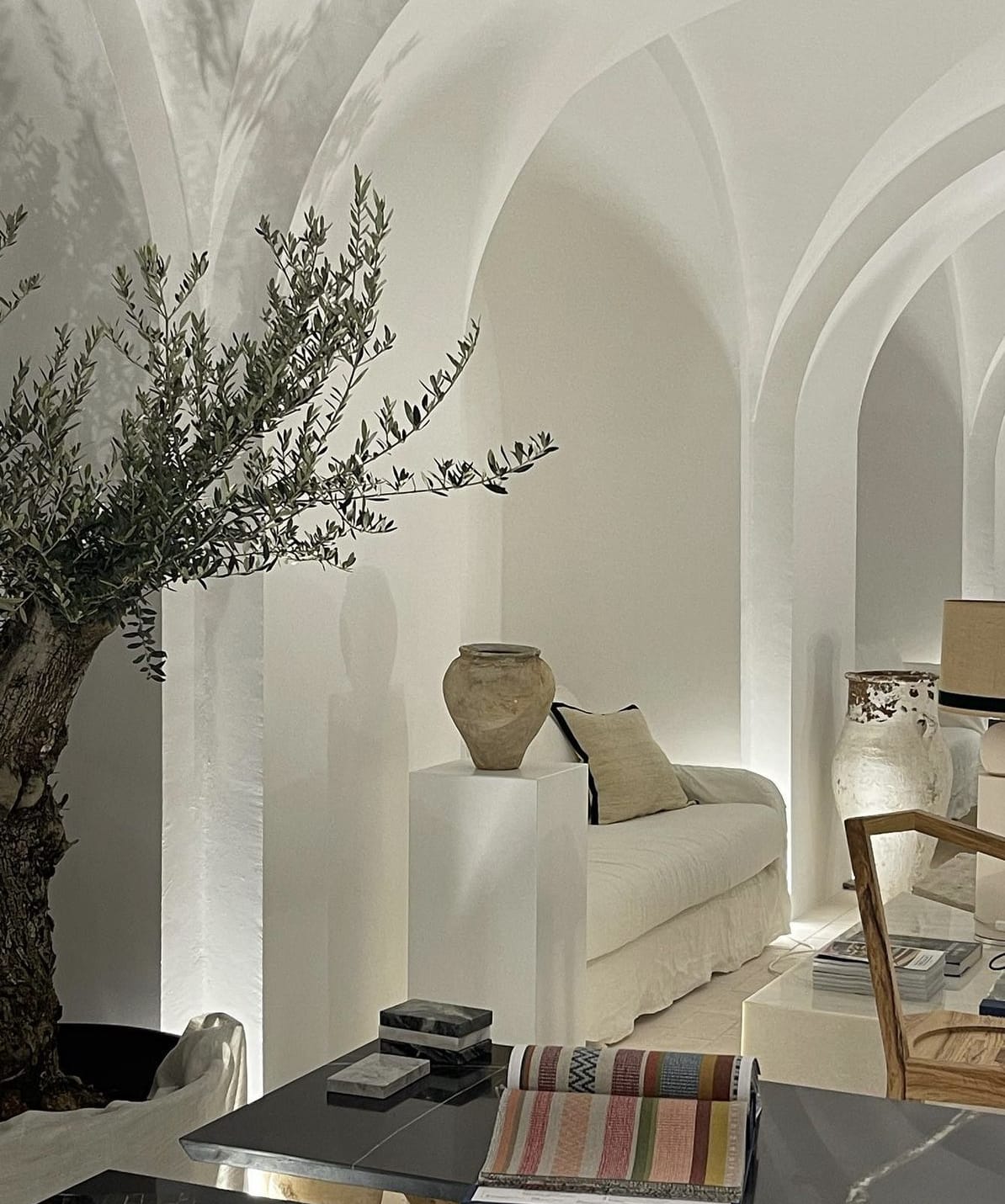
What historical figure would you like to have inhabit one of your interiors?
César Manrique. I think I would give him the space to connect with his creativity and to be able to share his harmonious vision between art and nature. I would love for him to continue creating from what we have created. Unfortunately, he still had too many artistic projects left to share. He was a utopian who deserves much more recognition than he currently has.
Do you have any hobbies outside the studio?
My passion is painting and antiques. I need to paint to be at peace with myself. I have been painting for many years and the truth is that there are many parallels between my painting and the creation of spaces. Years ago, people asked me how I understood painting and what the architectural lines that I always included in my paintings meant and I answered: "It's me directing your path, my way of balancing my landscape without memory... and the brightness that I need to feel part of them."
That is to say, I painted as a creative game within the serenity that my brothers-in-law conveyed. I painted from sensations but always tried to establish a pure commitment.
Our previous protagonist, Hyotokko Artesanía, left a question for you. It is the following: “What do you think artisans and crafts contribute to today’s society?”
Creo que la artesanía aporta a la sociedad autenticidad ante todo. Forma parte de nuestra cultura y tradición y es esencial para fomentar una forma de vida sostenible. La artesanía hace que apoyemos el patrimonio cultural de nuestro entorno, nos hace más humanos y nos ayuda a valorar el verdadero tiempo. El trabajar artesanalmente nos facilita el percibir el proceso como una fase fundamental de la creatividad y nos devuelve aquellos valores que la sociedad actual muchas veces camufla.
Can we apply the word “sustainability” to your work process?
Sí, para mí la sostenibilidad es respeto al paisaje, a las costumbres, a los colores, a las tradiciones y sobre todo al pasado. No hace falta innovar tanto en sostenibilidad y si mirar hacia atrás para asimilar cómo trabajaban nuestros antepasados. Desde la sencillez de las formas y el sentido común, alcanzamos las cimas más altas de la sostenibilidad.
Where did you get your most distant work from?
I think it was New York, a house in Manhattan.
Where do you personally feel most comfortable in design?
Since I started in interior design, I have evolved from conceptual minimalism to “conceptual rustic”, that is, a form of respect for the time of spaces and objects from a more advanced aesthetic concept. It is designing from what has been created and giving it a new language or discourse of concept and forms.
You are also a doctor in Fine Arts. How important is respect for materials, research, art, and the artisanal process in your work?
Well, it’s everything. It is my work philosophy. My first research group was called “New Materials and sculptural procedures”. We worked on ceramics and urban projects, new generation, and sustainable materials... We take care of each project “artisanally”.
Do you have a favorite place in Andalusia?
Casarabonela, in Malaga, without a doubt.
Do you think that Artificial Intelligence can somehow help or complement your profession?
Maybe it can help other interior designers...
Can I ask you to leave a question for the next guest?
Yes: “What is a utopia for you?”

